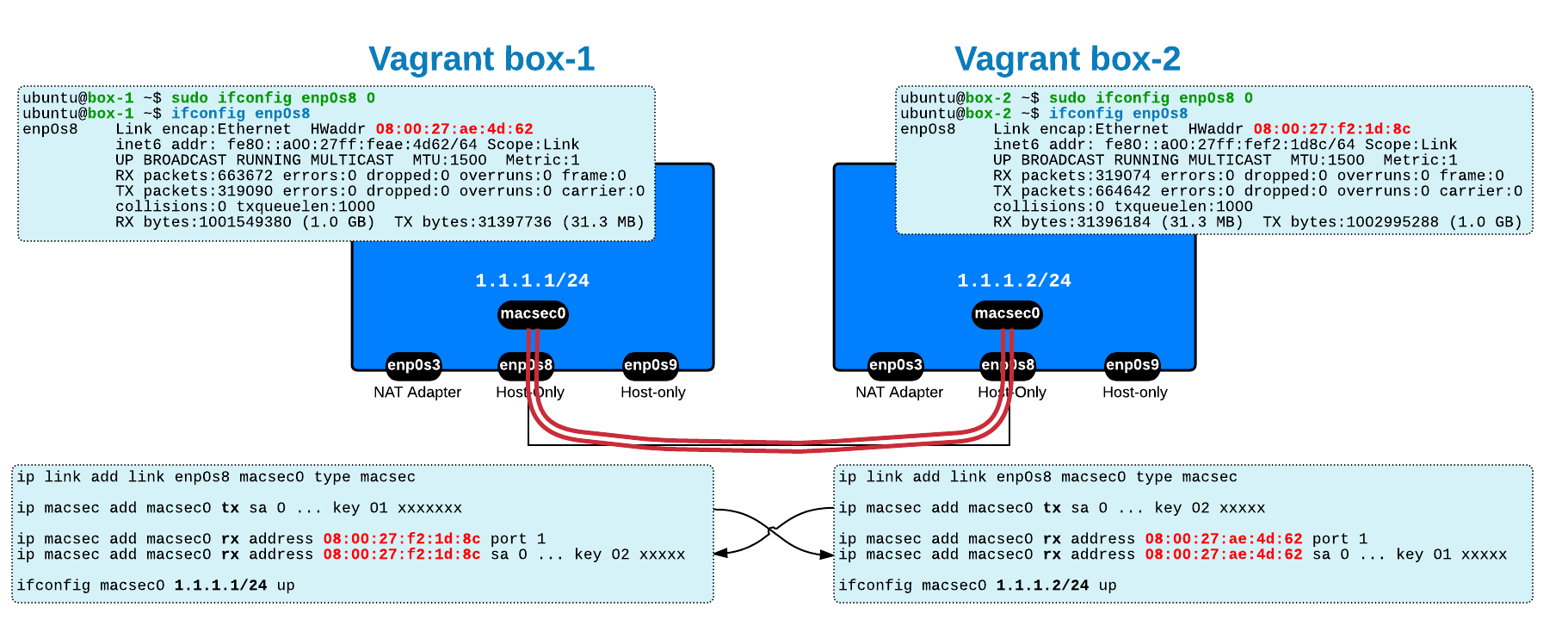This post represents the solution and explanation for quiz-4.
Have a look at it to understand the problem.
As described in the quiz, you try to establish a BGP external peering between the border routers of two offices. These routers can reach each using the default route that each of them has via the ISP.
The quiz shows that, although the BGP speakers can reach each other, they do not establish an eBGP session.

Office-1#sh ip cef 2.2.2.2 0.0.0.0/0 , version 9, epoch 0, cached adjacency to Serial0/0 0 packets, 0 bytes via 155.1.1.2, 0 dependencies, recursive next hop 155.1.1.2, Serial0/0 via 155.1.1.0/30 valid cached adjacency
[UPDATE] According to the Cisco documentation this is done in order to avoid route flapping and routing loops.
In this situation,
Office-1#deb ip bgp event BGP events debugging is on Office-1# *Mar 1 00:12:39.931: BGP: Import timer expired. Walking from 1 to 1 *Mar 1 00:12:54.931: BGP: Import timer expired. Walking from 1 to 1 Office-1# Office-1#deb ip bgp ipv4 unicast BGP debugging is on for address family: IPv4 Unicast Office-1# *Mar 1 00:31:36.603: BGP: 2.2.2.2 active open failed -no route to peer , open active delayed 31267ms (35000ms max, 28% jitter) *Mar 1 00:32:07.871: BGP: 2.2.2.2 active open failed -no route to peer , open active delayed 32532ms (35000ms max, 28% jitter) Office-1#
Let's configure a static route on Office-1 router - soon after that the BGP session goes up:
Office-1(config)#ip route 2.2.2.2 255.255.255.255 155.1.1.2 Office-1(config)#end Office-1# Office-1# *Mar 1 00:22:34.607:%BGP-5-ADJCHANGE: neighbor 2.2.2.2 Up Office-1# Office-1#sh ip bgp s BGP router identifier 1.1.1.1, local AS number 65100 BGP table version is 1, main routing table version 1 Neighbor V AS MsgRcvd MsgSent TblVer InQ OutQ Up/Down State/PfxRcd 2.2.2.2 4 65200 4 4 1 0 0 00:00:17 0 Office-1# Office-1# Office-1#sh ip bgp nei 2.2.2.2 | inc state|hostBGP state = Established , up for 00:00:41 Connection state is ESTAB, I/O status: 1, unread input bytes: 0Local host: 1.1.1.1, Local port: 53209 Foreign host: 2.2.2.2, Foreign port: 179 Office-1# Office-1#sh tcp brief TCB Local Address Foreign Address (state) 6752A0901.1.1.1.53209 2.2.2.2.179 ESTAB Office-1#
As you can see in both outputs sh ip bgp nei and sh tcp brief, Office-1 router initiates the TCP connection (
Another interesting thing is that the route to the peer can as well be learned via BGP. There were people that replied in the quiz saying that "(quote) the route to the peer must not be default nor learned via BGP (endofqoute)" - the 2nd part is not true ! Here is an output showing that the BGP is established even though the route to the BGP peer is learned via another BGP session:
Office-2#sh ip bgp sum ... Neighbor V AS MsgRcvd MsgSent TblVer InQ OutQ Up/Down State/PfxRcd1.1.1.1 4 65100 10 10 2 0 0 00:05:50 0 155.2.2.2 4 100 11 11 2 0 0 00:07:00 1 Office-2# Office-2#sh ip route 1.1.1.1 Routing entry for 1.1.1.1/32Known via "bgp 65200" , distance 20, metric 0 ... Office-2# Office-2#sh tcp br TCB Local Address Foreign Address (state) 650B7CB82.2.2.2.55415 1.1.1.1.179 ESTAB
In this output, Office-2 router has an eBGP peering with the ISP and learns the IP of Office-1 (1.1.1.1) via this peering - which is enough to start a TCP connection to Office-1.
- a BGP speaker
will not initiate the TCP session to establish a BGP peeringif the peer is reachable only over a default route.
You'll need a more specific route than default - it can br learned statically or dynamically (including via another BGP session - it's still ok) - a BGP speaker
will accept/respond to a TCP session and will establish a BGP peering even if the peer is reachable over a default route. Thus, the non-default route is only needed on one side, but it's always recommended to exist on both sides - once established, the BGP peering will not be broken if the more specific route is lost and connectivity remains over the default route
Thanks everyone for your comments in the quiz !





 Costi is a network and security engineer with over 10 years of experience in multi-vendor environments. He holds a CCIE Routing and Switching certification and is currently pursuing same expert-level certifications in other areas. He believes that the best way to learn and understand networking topics is to challenge yourself to fix different problems, production-wise or lab-type exams. He also enjoys teaching networking and security technologies, whevever there is an opportunity for it.
Costi is a network and security engineer with over 10 years of experience in multi-vendor environments. He holds a CCIE Routing and Switching certification and is currently pursuing same expert-level certifications in other areas. He believes that the best way to learn and understand networking topics is to challenge yourself to fix different problems, production-wise or lab-type exams. He also enjoys teaching networking and security technologies, whevever there is an opportunity for it.

Comments
comments powered by Disqus